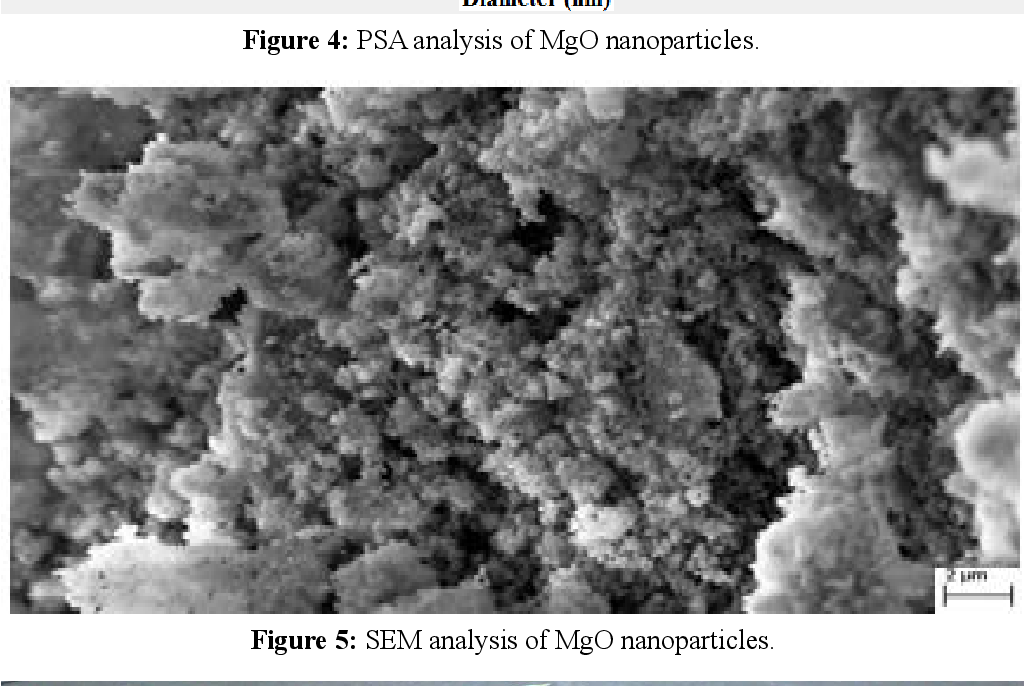Innovative solutions have led scientists to explore the remarkable potential of nanoparticles in environmental remediation. Among these nanoparticles, MgO (magnesium oxide) nanoparticles have emerged as a promising tool for addressing pollution and contamination issues. MgO nanoparticles and their pivotal role in environmental remediation. Whether you’re curious about the science behind these nanoparticles or searching for insights into their application.
Nanoparticles are tiny particles with dimensions typically ranging from 1 to 100 nanometers. Due to their minuscule size, they exhibit unique properties and behaviors compared to their bulk counterparts. These properties make nanoparticles exceptional candidates for various applications, including environmental remediation.
MgO Nanoparticles: A Closer Look:
MgO nanoparticles, composed of magnesium and oxygen atoms arranged in a nanoscale lattice structure, possess a range of attributes that make them highly effective in addressing environmental challenges. Some of these characteristics include:
- High Surface Area: MgO nanoparticles have a remarkably high surface area-to-volume ratio, which enhances their reactivity with contaminants.
- Chemical Reactivity: They can interact with a wide variety of pollutants, including heavy metals, organic compounds, and even microorganisms.
- Stability: MgO nanoparticles are stable under various environmental conditions, ensuring their long-term effectiveness.
- Biocompatibility: MgO nanoparticles exhibit biocompatibility in some applications, making them suitable for use in biological and ecological contexts.
The Role of MgO Nanoparticles in Environmental Remediation:
1. Heavy Metal Remediation
MgO nanoparticles excel in heavy metal remediation, a critical environmental challenge. When introduced into contaminated environments, these nanoparticles work diligently to adsorb heavy metals like lead, cadmium, and arsenic. Their unique high surface area allows them to form strong bonds with these pollutants, effectively immobilizing them. As a result, the concentration of toxic heavy metals in soil and water sources is significantly reduced, mitigating the potential health risks associated with their presence.
2. Organic Pollutant Degradation
Organic pollutants, such as persistent pesticides and industrial chemicals, are known for their adverse effects on ecosystems. MgO nanoparticles offer a promising solution by catalyzing the degradation of these organic compounds. These nanoparticles break down complex organic pollutants into simpler, less harmful substances through advanced oxidation processes. This degradation process reduces the environmental impact of these contaminants and contributes to the restoration of ecological balance.
3. Wastewater Treatment
In wastewater treatment facilities, MgO nanoparticles play a crucial role in enhancing the efficiency of the treatment process. Their remarkable reactivity allows them to target organic and inorganic contaminants in wastewater. By facilitating the removal of pollutants, MgO nanoparticles help ensure that treated wastewater meets stringent quality standards before being released into the environment or reused in various applications, thus safeguarding water resources.
4. Soil Remediation
Contaminated soils can pose severe risks to both the environment and human health. MgO nanoparticles offer an effective solution for soil remediation. When applied to contaminated soil, these nanoparticles assist in immobilizing and detoxifying pollutants. This process reduces the harmful effects of contaminants and paves the way for the restoration of soil health. Agricultural practices on remediated land become safer, ensuring the production of uncontaminated food crops.
5. Antibacterial Properties
Beyond their role in chemical remediation, MgO nanoparticles exhibit antibacterial properties. This feature makes them valuable in addressing microbial contamination in water sources and ecosystems. By inhibiting the growth of harmful bacteria and pathogens, MgO nanoparticles contribute to the overall improvement of water quality. This multifaceted approach to environmental remediation underscores the versatility of these nanoparticles in safeguarding ecosystems and public health.
6. Photocatalytic Activities
Under ultraviolet (UV) light exposure, MgO nanoparticles exhibit photocatalytic activities. This means they can harness the energy from UV light to initiate chemical reactions. This property is harnessed in environmental remediation to break down organic pollutants into simpler and less hazardous compounds through photochemical reactions. This eco-friendly and energy-efficient approach holds promise for addressing persistent organic contaminants in various environmental settings, from polluted water bodies to contaminated air.
7. Air Quality Improvement
MgO nanoparticles also play a vital role in improving air quality, particularly in urban and industrial areas. Air pollution is a global concern, and nanoparticles can be deployed to combat this issue. When incorporated into air purification systems or coatings, titanium oxide nanoparticles can help trap and neutralize airborne pollutants, including volatile organic compounds (VOCs) and particulate matter. By removing these pollutants from the atmosphere, MgO nanoparticles reduce respiratory health risks and minimize the environmental impact of air pollution, promoting healthier living environments.
Conclusion
MgO nanoparticles represent a powerful tool in the field of environmental remediation. Their versatility and reactivity make them invaluable in addressing a wide range of pollution and contamination issues. If you’re interested in exploring the potential of tio2 nanoparticles for your environmental remediation needs, consider reaching out to experts in the field. SkySpring Nanomaterials is a trusted source for innovative nanomaterials and solutions. Visit their website to learn more about their offerings and discover how MgO nanoparticles can play a pivotal role in creating a cleaner and more sustainable environment.
